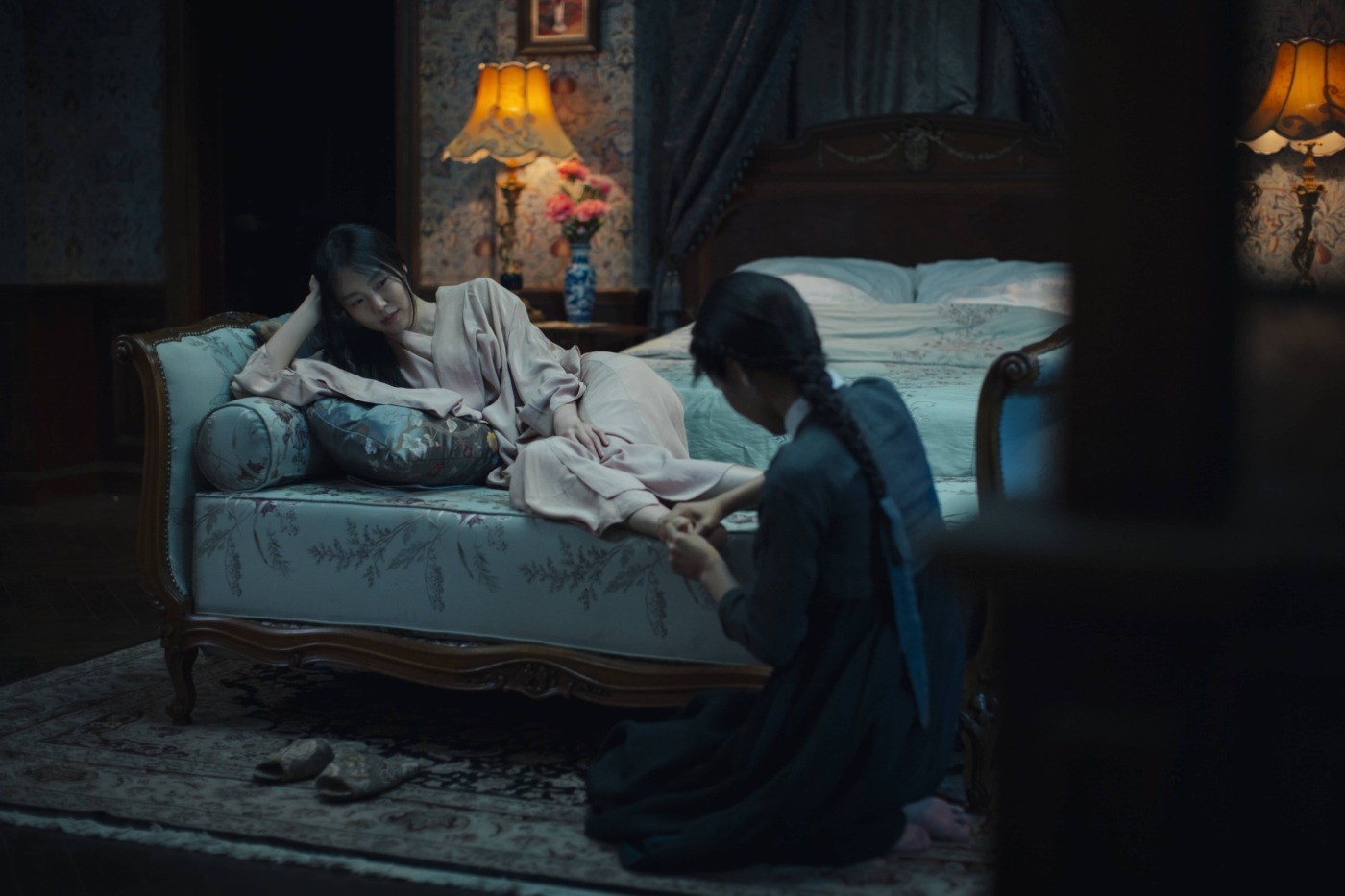‘The Favourite’ vs ‘The Handmaiden’: the battle of the sapphic period drama
The world of film loves a good lesbian period drama. Portrait of a Lady on Fire, Ammonite, Tell it to the Bees, Carol – just to name a few from the past half a decade. While many within the LGBTQIA+ community are begging for period dramas, especially those that aren’t centred around middle class white women, some of these films have arguably been some of the best bits of cinema released in the past half a decade.
Two of the most critically acclaimed sapphic period films in the later 2010s were Yorgos Lanthimos’ 2018 film The Favourite and Park Chan-wook’s The Handmaiden from 2016. Lanthimos’ film was nominated for ten Academy Awards, including the coveted Best Picture award, while Park’s film continued to received nominations two years after its initial release. Both saw extensive nominations and victories for their lead actresses with Olivia Colman, Rachel Weiss, Kim Tae-ri and Kim Min-hee all picking up various awards.
For me, The Handmaiden outshone The Favourite
I watched both films in the past year and can say that for me, The Handmaiden outshone The Favourite. I decided not to compare either film to the top-ranking queer period drama, A Portrait of Lady on Fire, due to the context of the film creation. Portrait’s director and lead actress are lesbians themselves while The Favourite and The Handmaiden both see straight women in the lead roles and male directors behind the camera. Context fundamentally affects how you can view a piece of media and Portrait is in a league of its own creatively and also cinematically. But, when looking at contextually ‘problematic’ queer films as just films alone, The Handmaiden comes out on top, doing everything The Favourite does, but better.
The films can be seen to have many parallels, with both having dark themes and cinematography. The Handmaiden is described as an ‘erotic thriller’ with male sexual depravity, deception, and criminality core to the plot. The Favourite is in line with Lanthimos’ other works, a dark comedy in a style that isn’t to everyone’s taste; it also documents the deception, manipulation and power plays of Stuart England’s aristocratic class.
Both see young women serving a powerful mistress and initially having ulterior motives for doing so. Both are explicit in their sexual content – Colman’s Queen Anne delivers the iconic line ‘I like it when she sticks her tongue inside of me’ and Kim Tae-ri performs a scene where she gives cunnilingus to a camera. Despite being produced half the world apart, they are spookily similar.
Despite being produced half the world apart, they are spookily similar
Yet The Handmaiden was more enjoyable to watch. For me, The Favourite dragged despite The Handmaiden being 25 minutes longer in running time. The Handmaiden essentially replays the entire first act of the film but from a different perspective and yet it still didn’t feel like it dragged as much as seeing the entire two hours of Lanthimos’ film.
I can understand the choice to have the slow pacing matching the story’s narrative, mimicking a slow calculated game of chess to capture the Queen. It is perhaps because I watched The Favourite after The Handmaiden that the intent of pacing wasn’t so captivating for me. But Park’s film was able to keep me entertained despite its lengthy running time, with plot twist after plot twist keeping audiences on their toes.
Narratively being driven by people and their individual perceptions, The Handmaiden appealed to me more as a piece of queer cinema than the detached fly-on-the-wall feel of The Favourite. It doesn’t sacrifice any of the intimacy for any other part of the story, using it to drive the plot rather than feeling like a nice progressive add on. The Handmaiden is driven by intimate personal narratives of Sook-hee and Lady Izumi in a story that sticks its middle finger up at patriarchal power. It does this while using a plot that incorporates elements of a heist film into a period drama and transposed a narrative from Victorian England to Japanese-occupied Korea; it does this all seamlessly with these elements intertwined with one another.
Finally, The Handmaiden also just grants some representation of non-straight women of colour in period dramas. Racial diversity is something that is lacking across the genre and also all of Lanthimos’ filmography; The Handmaiden ultimately provides a better and more diverse film of the same genre. Korean entertainment can be seen to frequently outshine its American and British counterparts – in music, TV and film – and The Handmaiden is another example of this.
Korean entertainment can be seen to frequently outshine its American and British counterparts – in music, TV and film – and The Handmaiden is another example of this
Neither film is flawless in its representation of lesbian relationships, and how many queer people want to see themselves represented in media is entirely personal. In The Favourite you can find so much social commentary on sapphic relationships within societies of the past and present, in a film that probably wasn’t intended to be a piece of ‘queer media’ but has ended up as such.
But for me The Handmaiden just ticks all the boxes of what I wanted to see in a lesbian period drama. The male dominated world of screenwriters seems unable to write contemporary queer women, and films about LBTQ+ women have now become penned into a corner of white women in historical settings. But The Handmaiden broke various moulds within the trope and is a lesbian film that I will be coming back to again and again due to how good of a film it is.

Comments